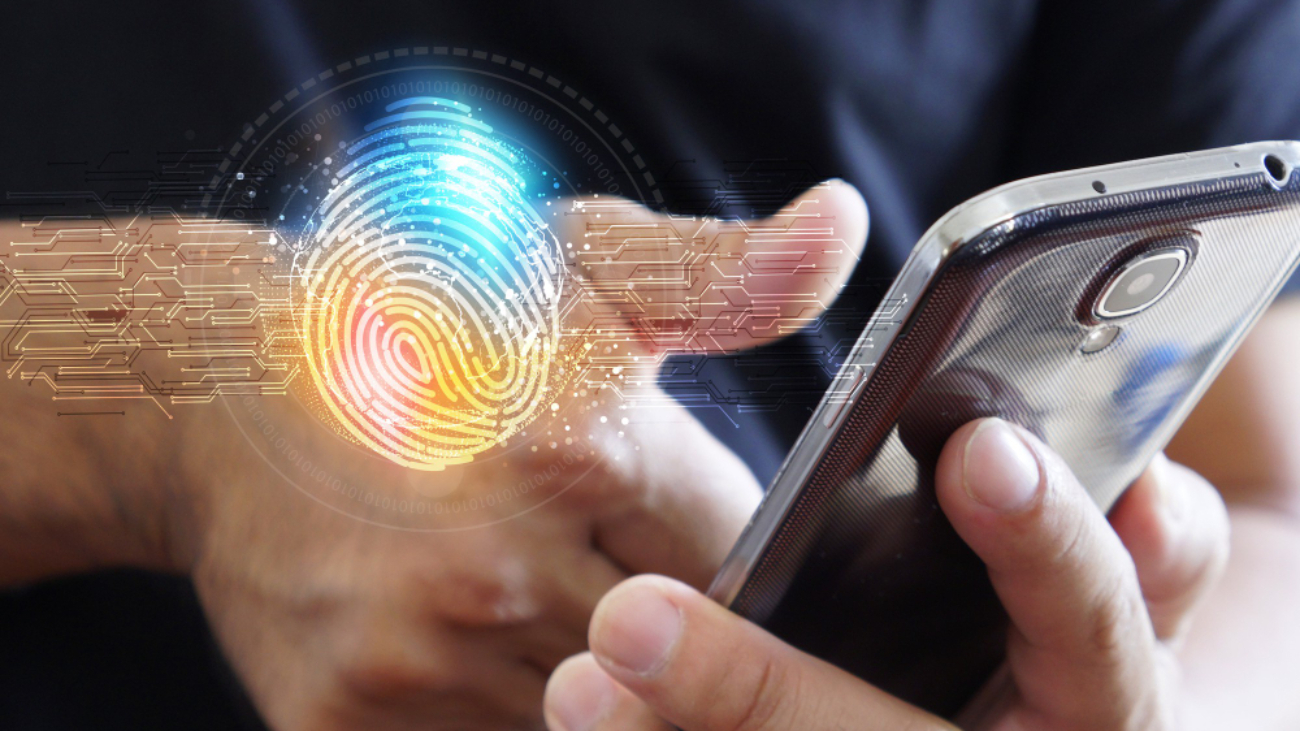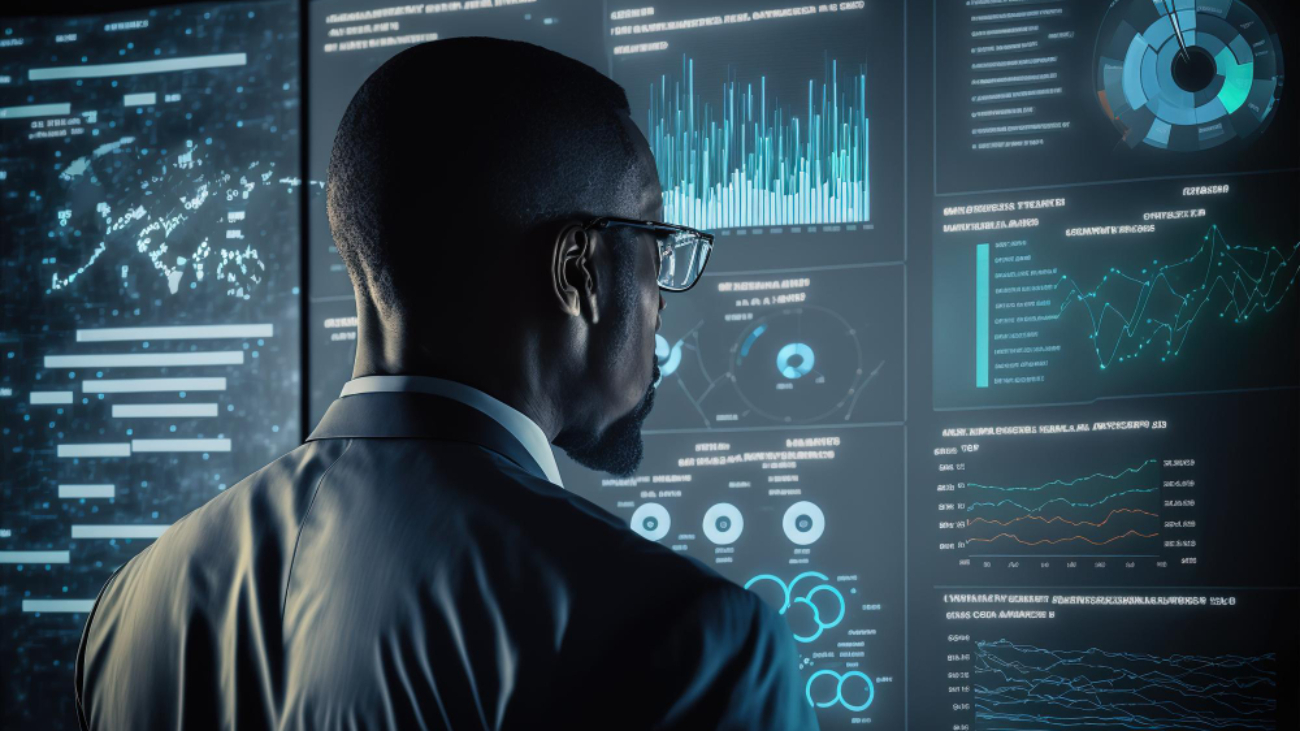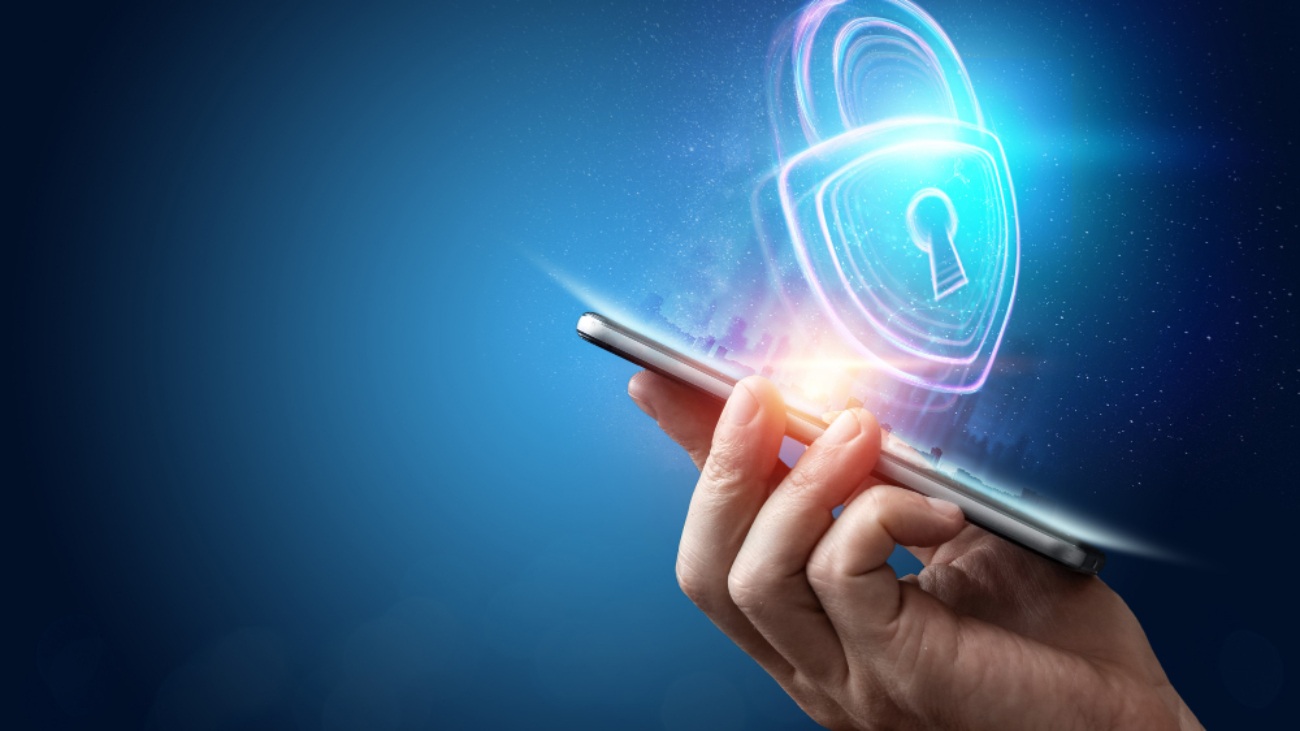Gait recognition biometrics is a new field of biometrics that will scientifically analyse the distinct gait of human beings. The way we walk is entirely unique to us, just as the timbre of our voice, iris patterns or fingerprint patterns. By recording the individualistic gait of users into a database, it can be used to track information about citizens just like all types of biometrics.
Non-invasive
Unlike other types of biometrics such as fingerprint scanning or iris detection, it does not require the user to touch anything. Its hands-free nature will prove superior to others, especially in the post-pandemic world. It can also be used without explicit consent of the users as it does not require any manual labor such as touching biometric devices.
Accuracy
With an impressive success rate of only 0.7 per cent of errors, gait recognition technology will soon become the future of biometrics. Gait recognition will employ cutting-edge biometric technology that is more updated and nuanced than any we’ve seen before. The level of accuracy it will have will help catch the intricacies even missed by previous tech.
Evolving technology
As gait recognition will use latest software and expert algorithms to analyse gait information, it will also be speedier and more efficient. It will save time, effort and cost in areas that were not possible by other biometric technologies. As technology and humans evolve, gait biometrics will also evolve to adapt to changing times. It will especially help the police department in everything from effectively monitor citizens crossing the road to identifying fleeing criminals.
Other factors
In addition to the above factors, the gait of someone can also be dependent on miscellaneous factors. This could be the topography of the land they live in, the type of footwear they use, their energy levels, past injuries and so on. Considering all these factors will also impact gait detection on a national and ultimately the global level. Due to these reasons, ongoing research is showing that gait recognition technology is possibly going to be the most accurate biometric detection to date.
Gait recognition biometrics also shares similarities with most biometric technologies. They all analyse the specific physical or visual characteristic of users to capture their unique style or print. They’re all entered into a central database and widely used in various industries like law enforcement, border crossing, corporate sector, healthcare, security and so on. Thank you for your interest in Bahaa Abdul Hadi blogs. For more information, please visit www.bahaaabdulhadi.com.







